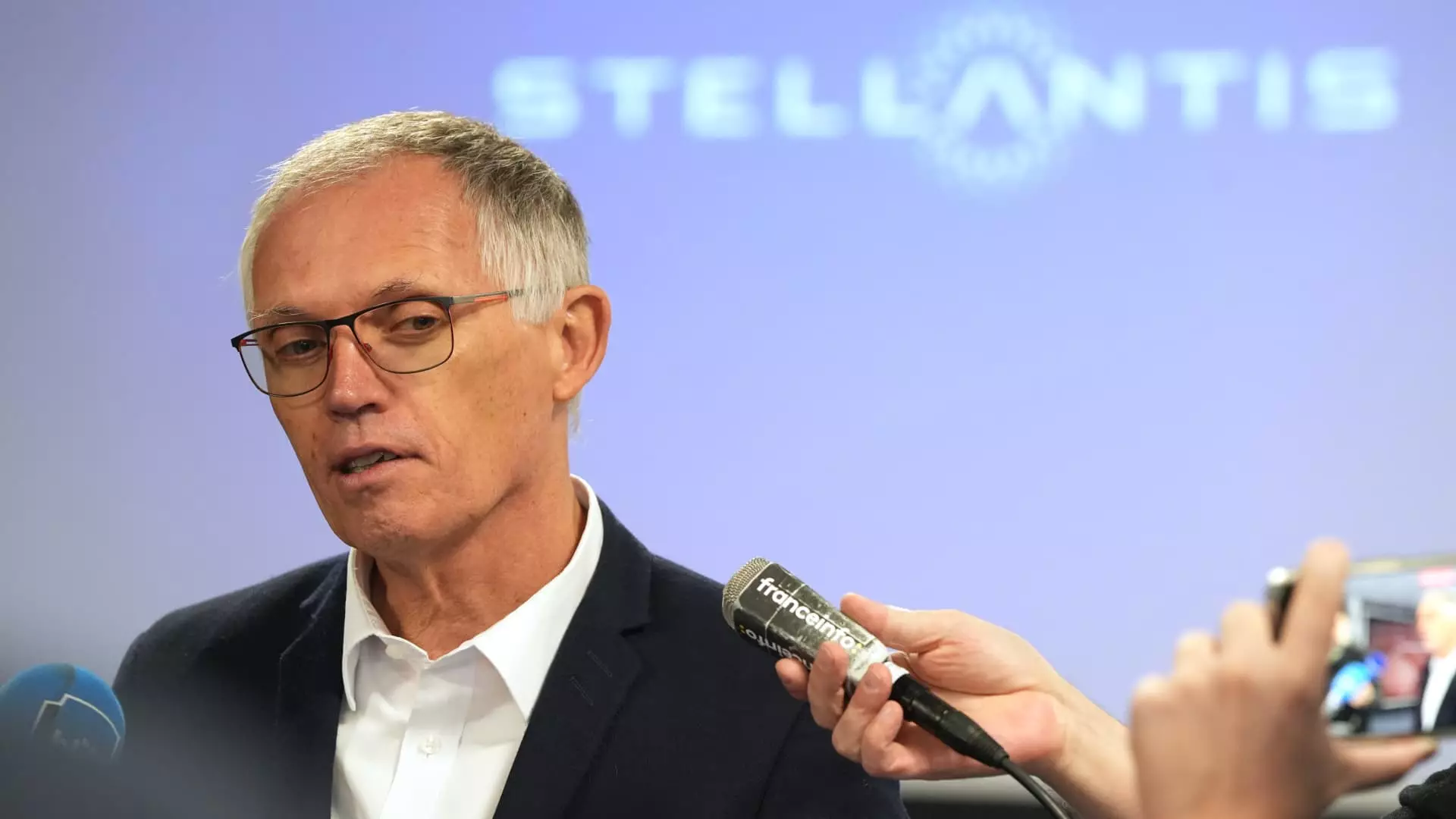The ongoing conflict between Stellantis and the United Auto Workers (UAW) has reached a new peak with the automaker’s recent decision to file a lawsuit against the union. This move underscores the immense friction that has characterized the relationship between major auto manufacturers and labor unions in the United States, particularly in the face of economic challenges impacting production and employment. As Stellantis seeks to assert its legal rights, the ramifications of this lawsuit could be far-reaching, potentially setting a precedent for future labor disputes in the industry.
At the center of the dispute lies Stellantis’ allegation that the UAW has failed to uphold the terms of prior agreements. The automaker claims that the union’s actions, particularly in California, constitute a breach of contract that has led to significant operational disruptions and financial losses. This deteriorating relationship is a reflection of broader struggles facing the auto industry, exacerbated by supply chain disruptions and shifting market demands. Stellantis argues that these conditions necessitate adjustments to its operational commitments, a stance that the UAW vehemently opposes, claiming that such alterations violate their agreement.
The lawsuit is primarily aimed at holding both the international body of the UAW and its local chapters accountable for a strike authorization vote taken at Stellantis’ Parts Distribution Center. According to Stellantis, this vote indicates a potential strike that would not only hamper production but also violate contractual obligations. The stakes are high as the automaker seeks to ensure steady operations while navigating complexities arising from its contractual commitments.
UAW President Shawn Fain has decried Stellantis’ lawsuit as a desperate attempt to undermine the union’s negotiating power. Fain’s reaction highlights an essential aspect of labor relations: the tension between employer rights and employee advocacy. In his statements, Fain reassures union members that their right to strike is protected by law, framing the lawsuit as an intimidation tactic directed against union members. This position underscores the historical significance of strikes in labor negotiations, where collective action is often a tool to assert workers’ rights and influence corporate policy.
Moreover, Fain’s rhetoric suggests a call to action among union members, reinforcing the narrative that effective union leadership is imperative in combating what he terms the “overreach” of corporate executives. This sentiment is echoed by many in labor movements across the country, who view strikes not just as a form of protest, but as essential to securing better working conditions and fair compensation.
The implications of Stellantis’ legal challenge extend beyond the immediate conflict. As automakers grapple with new market realities and evolving consumer preferences, maintaining operational flexibility has become paramount. Stellantis contends that its ability to adapt through modifications of previously agreed contracts is crucial for long-term viability. However, this standpoint raises significant questions about the balance of power in labor relations, as well as the extent to which corporations can dictate terms amid changing economic landscapes.
This lawsuit also sets a concerning precedent for future disputes in the industry. If Stellantis is successful, it could embolden other corporations to pursue similar legal action against unions, potentially undermining the negotiated rights of workers. On the flip side, if the UAW prevails, it may reinforce union authority and empower labor movements, highlighting the critical role these organizations play in advocating for workers’ rights, particularly during times of economic uncertainty.
As the legal proceedings unfold, both Stellantis and the UAW must navigate the complexities of labor law and corporate governance. The outcome of this lawsuit will likely shape future interactions not only between the two parties involved but also across the broader automotive industry. Ultimately, the resolution will depend on the willingness of both sides to engage in constructive dialogue, balancing corporate interests with the fundamental rights of workers.
This confrontation epitomizes a broader struggle within the American labor landscape, where the historical narratives of worker solidarity and corporate change are increasingly at odds. As stakeholders watch closely, the unfolding saga between Stellantis and the UAW could very well define labor relations in the automotive industry for years to come.

